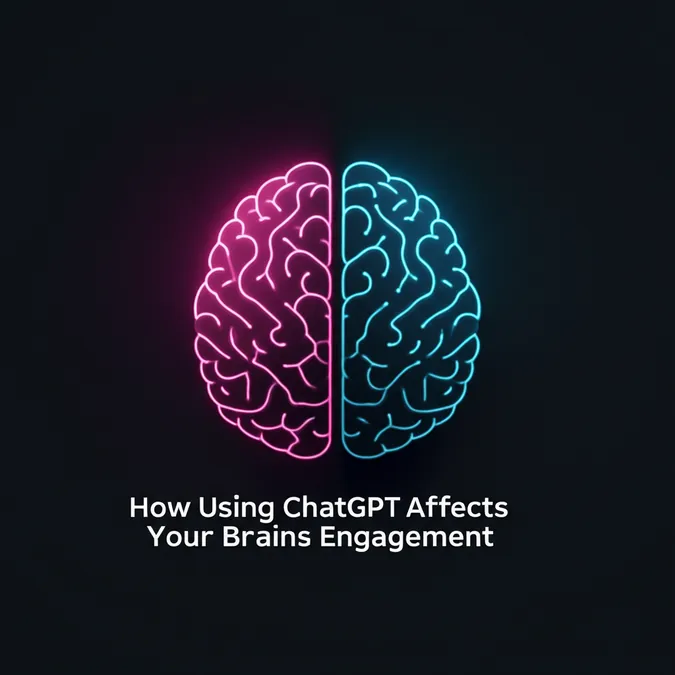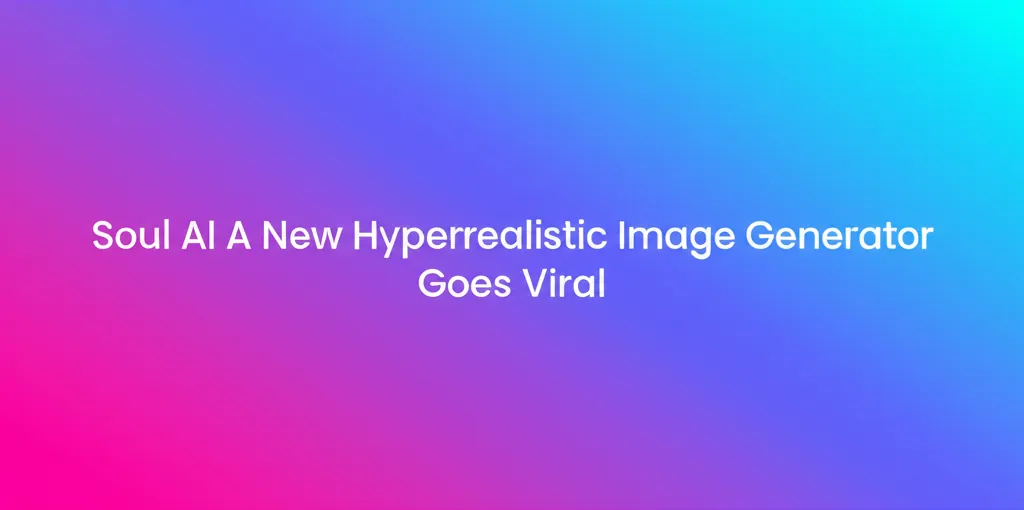AI Brings Back The Dead But At What Cost
A new AI tool from Midjourney that animates still photos into short video clips is sparking an intense conversation about technology, memory, and grief. The debate gained massive public attention when Reddit cofounder Alexis Ohanian posted on X about using the feature to animate a photo of his late mother holding him as a child.
In the AI-generated video, his mother smiles and laughs while rocking him. “Damn, I wasn't ready for how this would feel,” Ohanian wrote. “This is how she hugged me. I've rewatched it 50 times.”
The post, which has been viewed nearly 30 million times, highlights a growing trend of what experts call "digital resurrection". As this technology evolves, it forces us to confront the profound question of whether these tools are a magical way to preserve memories or a dystopian step too far. To understand the implications, we look at what experts in grief and memory have to say.
The Perfect False Memory Machine
Human memory is notoriously unreliable. We remember the general idea of an event, but the details often fade or become distorted over time. According to Julia Shaw, a criminal psychologist specializing in false memories, memory isn't a perfect recording but a survival tool. While she sees potential benefits in reanimating the deceased with AI, she warns of the risk of overwriting our genuine memories. “AI is a perfect false memory machine,” she states.
Of course, we are already capable of altering our own memories. Elizabeth Loftus, a pioneer in memory research, notes, “My grandfather used to yell at my grandmother all the time, but after he died, he was the most wonderful man in the world.” It's also well-documented that tools like Photoshop can alter our recollection of the past.
What makes AI different is the scale and ease with which it can create convincing fabrications. A recent study Loftus co-authored with the MIT Media Lab revealed that even a single exposure to an AI-edited image could change a person's memory of the original, with participants reporting high confidence in these new, false memories. While the tech could be used to reframe trauma, it also carries the risk of creating false evidence in courtrooms or spreading misinformation.
Can AI Interrupt the Grieving Process?
Another major concern is that interacting with digital versions of the dead could complicate the grieving process. Mary-Frances O’Connor, a neuroscientist and author of The Grieving Body, explains that grieving is how our brains learn to accept the reality of a person's death. For many, the deceased still feel present, and they see a void that others don't.
O'Connor points out that humans have always used the available technology to connect with their lost loved ones, from keeping photographs to more elaborate projects. In 2020, a South Korean documentary used VR to reunite a mother with her late daughter, an experience that, while helpful for the mother, was met with unease in the West. The crucial question, she says, is whether AI helps us connect with our memories or reinforces the illusion that our loved ones are still here.
 Wu watches a video created with artificial intelligence showing the face and voice of his son, who died last year at the age of 22 while attending Exeter University in Britain. (Hector Retamal—Getty Images)
Wu watches a video created with artificial intelligence showing the face and voice of his son, who died last year at the age of 22 while attending Exeter University in Britain. (Hector Retamal—Getty Images)
The New Era of Digital Ghosts
We are in uncharted territory. “We're in a massively novel situation: the dead have never been this talkative before,” says Elaine Kasket, a cyberpsychologist and author of All the Ghosts in the Machine. With our vast digital footprints—from social media to digitized letters and photos—we have more “digital remains” than ever before. Kasket wonders if the fiction created by a machine is any unhealthier than the fictions we create in our own minds. The answer, she suggests, depends on the purpose it serves.
As AI agents become more sophisticated, we may soon be able to have video calls with convincing simulations of our deceased relatives. Shaw sees beauty in this, calling it “an atheist version of being able to talk to ghosts,” but stresses the need for safeguards to prevent misuse.
The Ethics of AI Afterlife
Beyond the personal impact, there is the question of who profits. O'Connor notes that profiting from the bereaved is not new, citing historical examples like mediums and paid prayers in the Catholic church.
There could be real therapeutic value in reconnecting with the deceased for a sense of closure, similar to how people text a lost loved one's phone. “If people want to do this in their own private world, because it makes them feel happier, what’s the harm?” asks Loftus.
O'Connor suggests concern is warranted when this engagement becomes secretive or isolates a person from other parts of their life. However, she remains optimistic about our ability to adapt, stating, “this will be one more thing we learn to adjust to.”
Kasket, however, cautions that relying on digital reincarnations could make us emotionally brittle. If we scrub away the “difficulty and mess and pain” of real relationships and loss, we may be less prepared for life's inevitable challenges. “At the point where we pathologize and problematize the natural finitude and impermanence of carbon-based life forms such as ourselves,” she warns, “we really need to take a beat and think about what we're doing here.”


